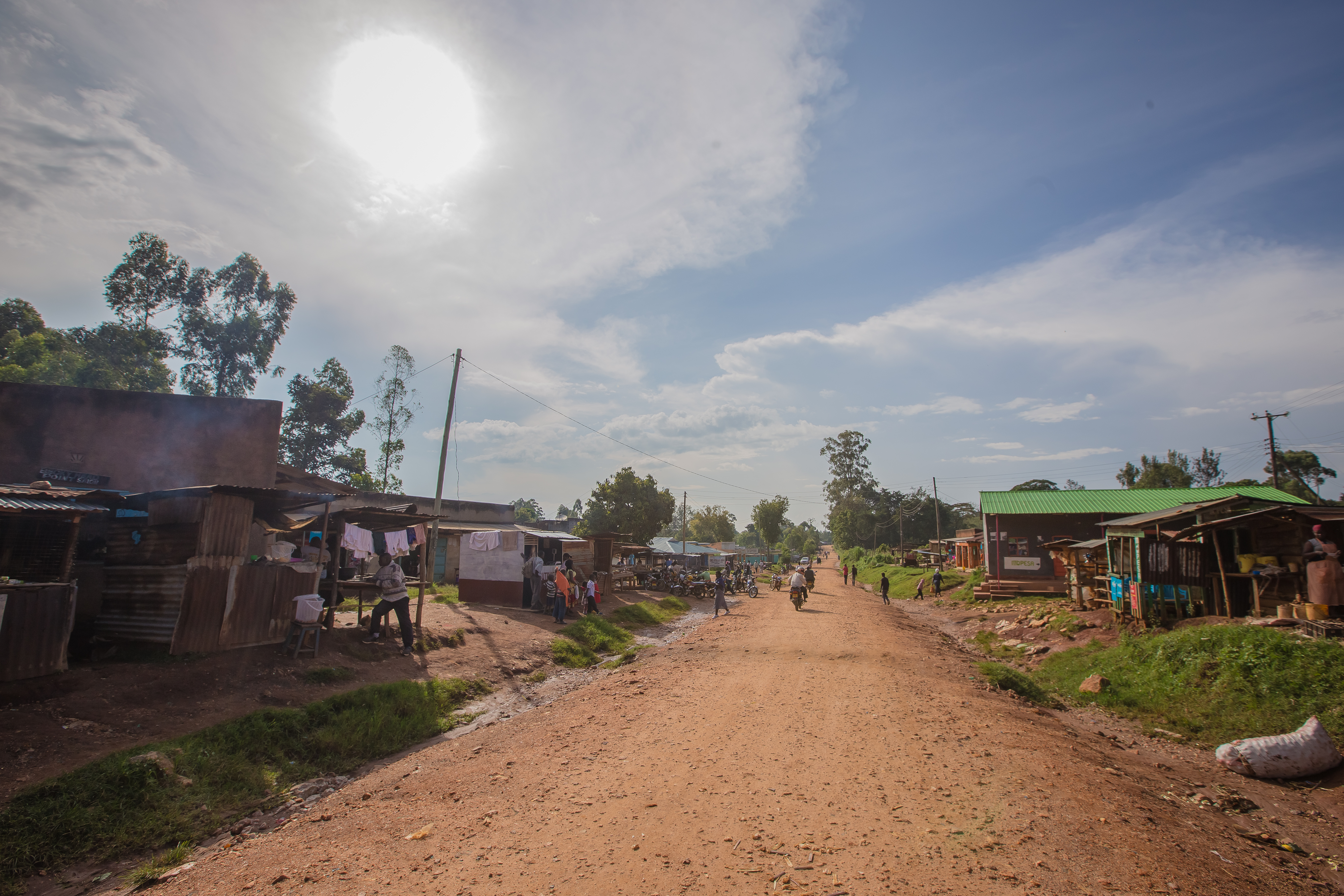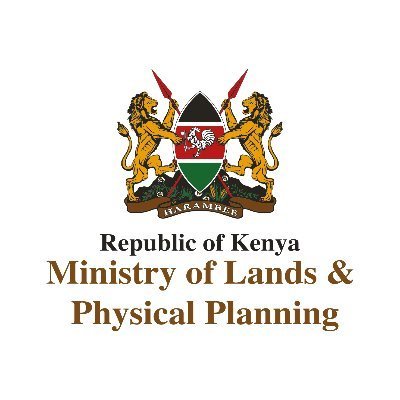Analyzing Changes In Land Use In Kenya

Kenya’s economy is undergoing a rapid transformation. Agriculture as a source of employment and economic growth is declining, while the manufacturing and service industries are rising. For instance, at the turn of the century, agriculture accounted for about 30 percent of Kenya's gross domestic product (GDP) but by 2021, this percentage has fallen to 22 percent.[1] These changes are having important repercussions on land use.
Kenya's Ministry of Lands and Physical Planning is currently digitizing its land records. Researchers will use these records and combine them with satellite images to analyze how land use has changed over time in 10 counties across Kenya. They will also use high geographical resolution information on rainfall and temperature to determine how shocks such as droughts affect land use and transactions in the land market. For example, they will examine whether poor rainfall seasons, which lead to lower agricultural income, can lead small owners to sell or rent land.
Results of this project will be available later in 2023.
Sources
[1] World Bank national accounts data, and OECD National Accounts data files. https://data.worldbank.org/indicator/NV.AGR.TOTL.ZS?locations=KE













